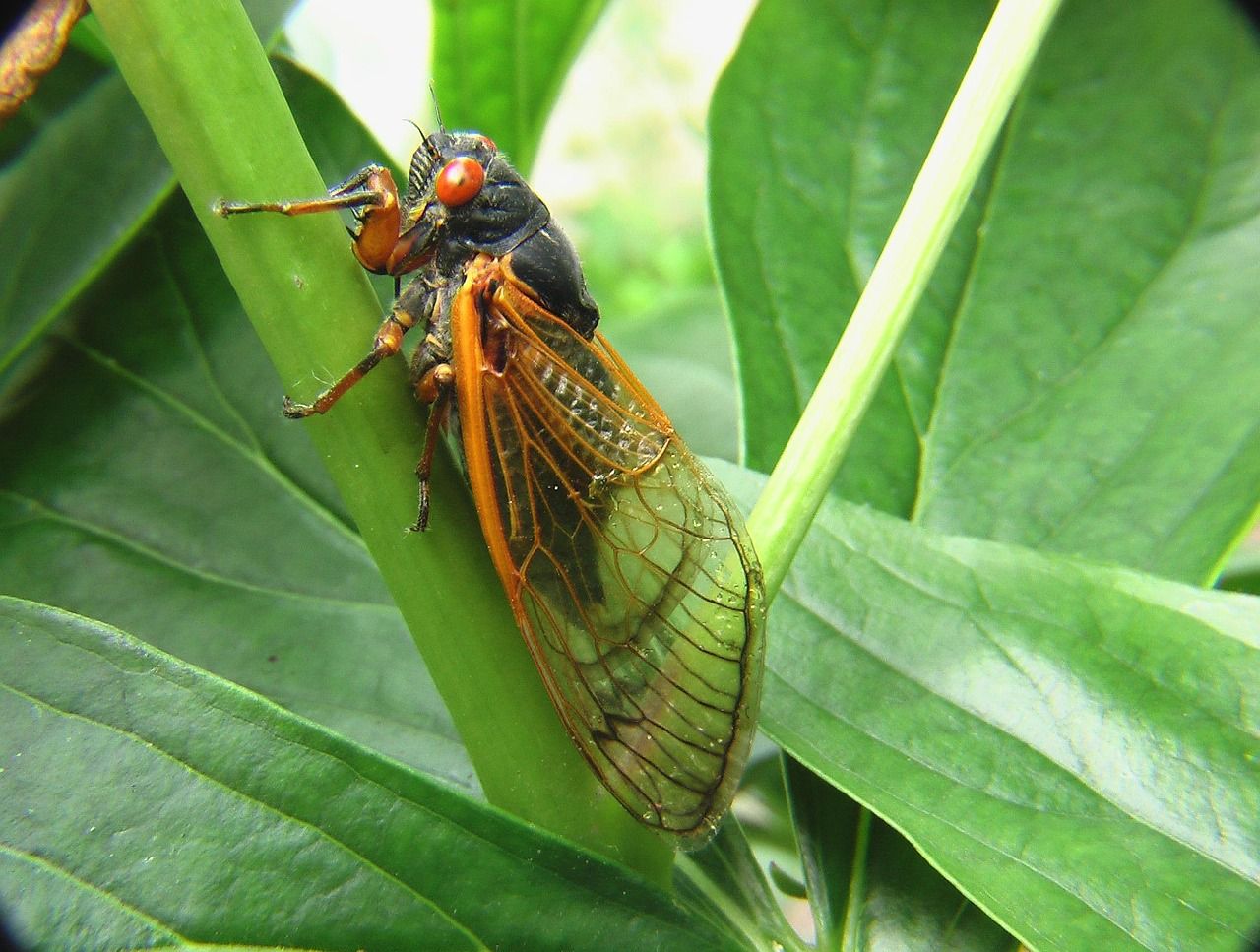Follow us on Google News (click on ☆)

A natural instrument in the abdomen
Cicadas don't sing with their mouths but with their... bellies! More precisely, it's the males that "sing" thanks to a special organ called a tymbal, located on the sides of their abdomen. These tymbals are like flexible membranes that the cicada vibrates rapidly using very powerful muscles.
With each contraction, the membrane deforms and produces a "click." Since these clicks repeat hundreds of times per second, they form a continuous sound that we perceive as a "song." Additionally, the hollow abdomen of the cicada acts as a resonance chamber to amplify this noise.
But why do they do this?
This "song" isn't just for fun or to signal to us that it's hot. Male cicadas sing mainly to attract females. Each cicada species has its own rhythm, allowing females to recognize males of their own species among all the sounds of nature.
Some species can reach up to 120 decibels—that's as loud as a fire truck siren! In fact, it's one of the loudest sounds produced by an insect in the world.
Female cicadas, on the other hand, don't sing. They listen. When a female spots a male whose song she likes, she quietly approaches for mating.
And why only in summer?
Cicadas are cold-blooded insects, so they need warmth to be active. They sing mostly when it's hot, typically between 77 and 104°F (25 and 40°C). Below 68°F (20°C), they fall silent.